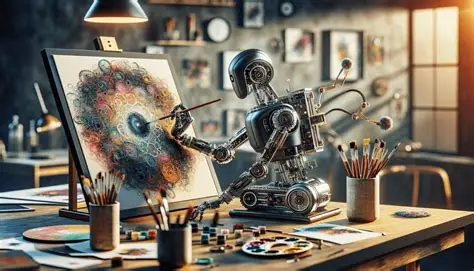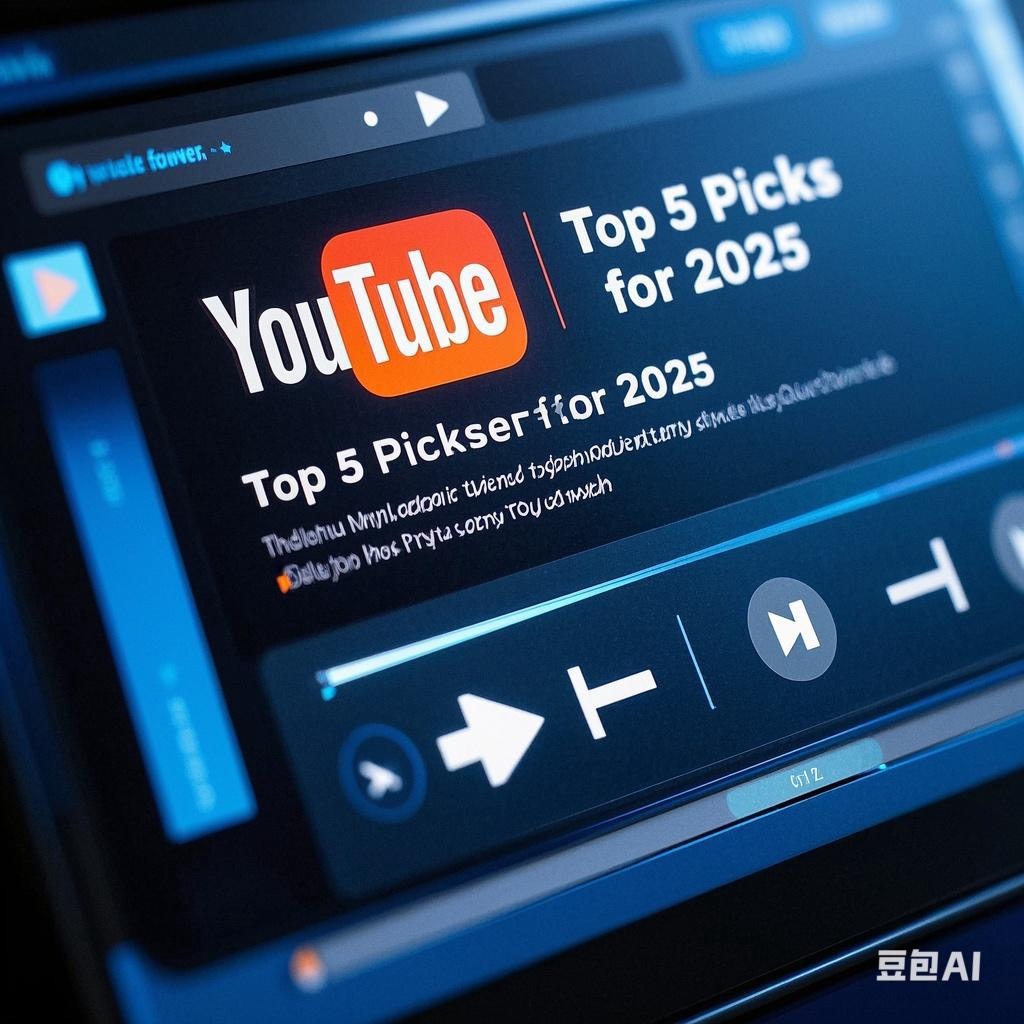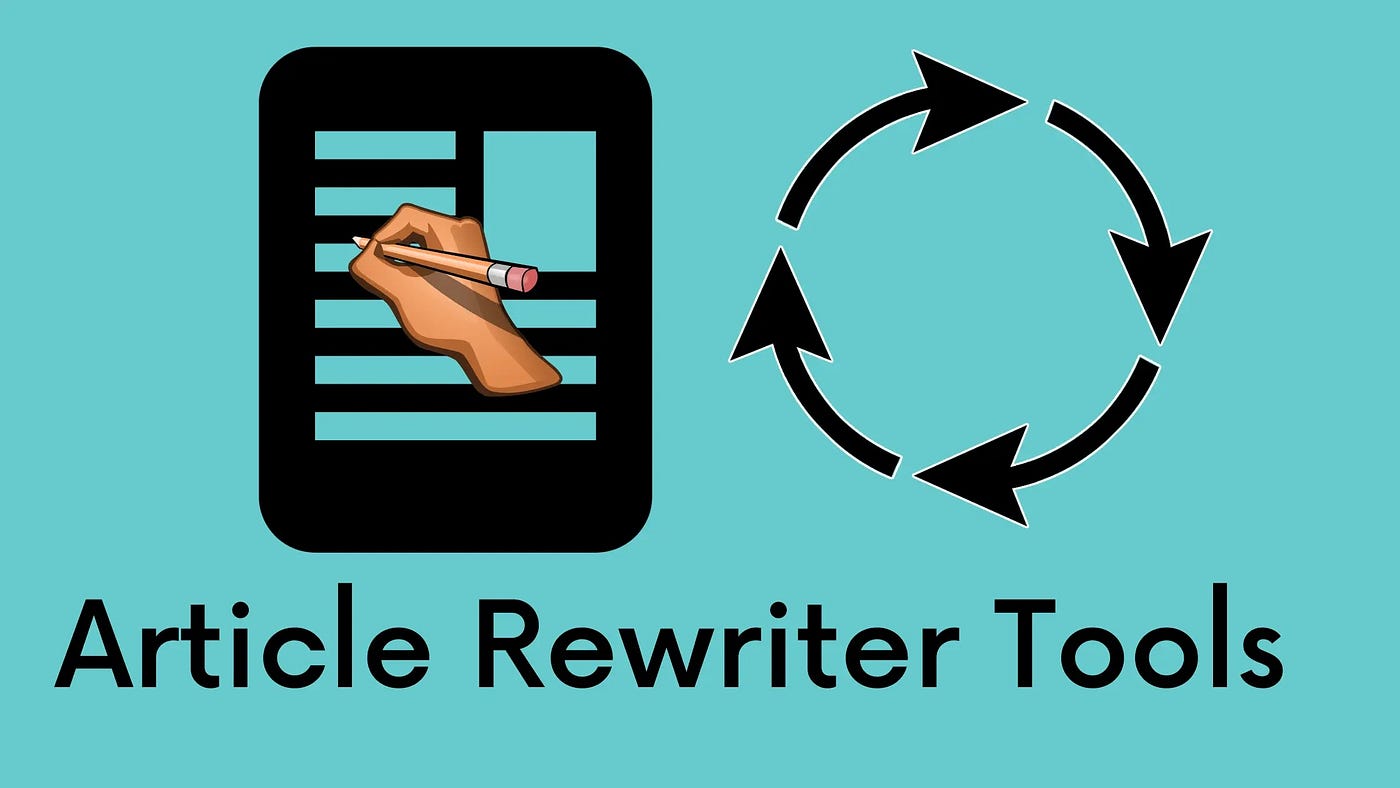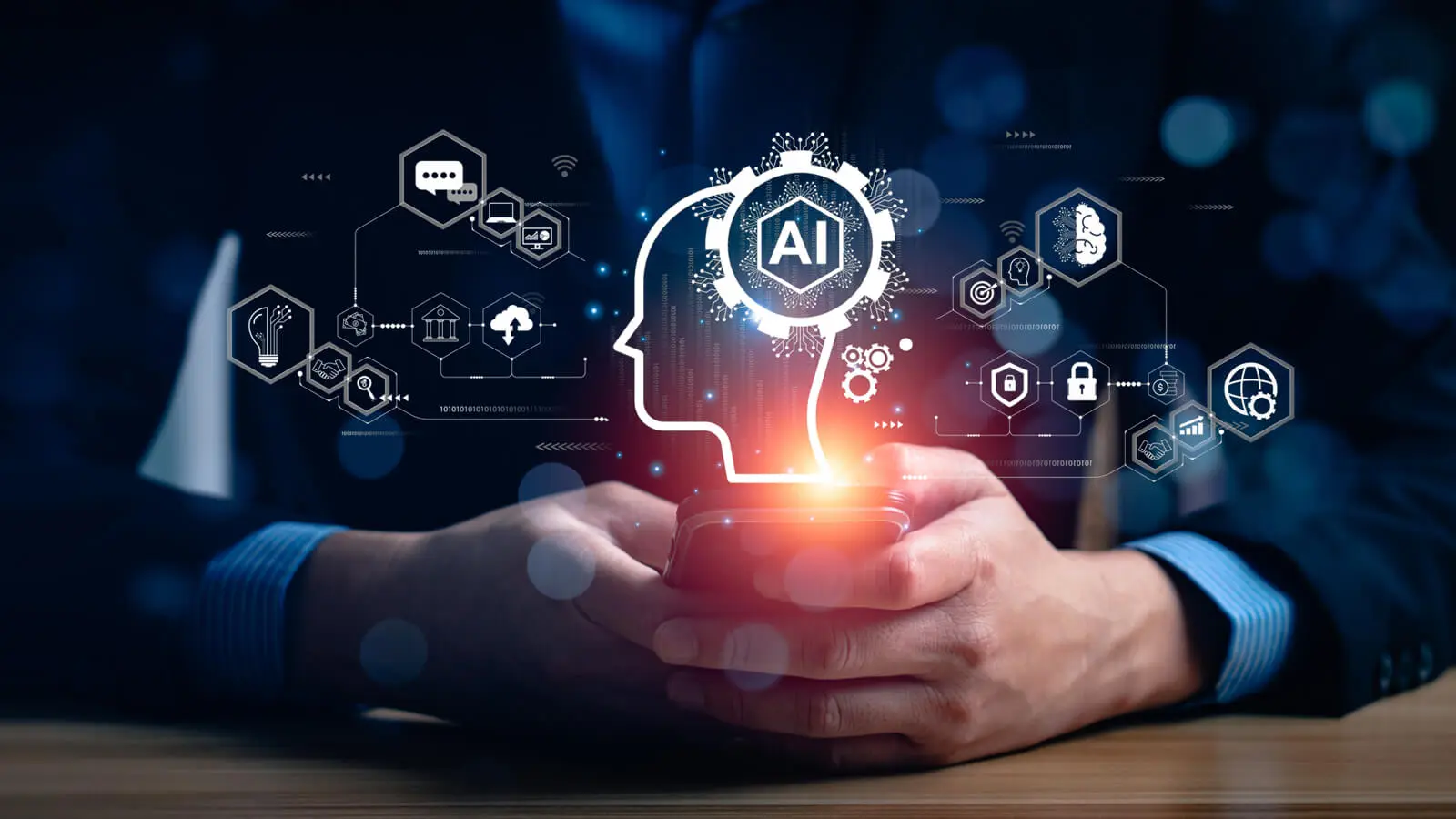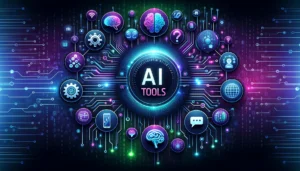Your cart is currently empty!
The rise of AI in image development is revolutionizing how visuals are created, edited, and understood.
AI image development is rapidly transforming the way images are created, edited, and enhanced. By leveraging advanced algorithms and machine learning techniques, AI is enabling artists, designers, and photographers to push creative boundaries and streamline workflows. The impact of AI in image development has been felt across industries, from advertising and entertainment to healthcare and retail. This article explores how AI is reshaping the world of visual creation and its potential to revolutionize design.
The Rise of AI in Image Development
AI image generation, powered by technologies like Generative Adversarial Networks (GANs) and deep learning models, is one of the most groundbreaking advancements in the field of visual creation. Tools like DALL·E and Mid Journey allow users to generate high-quality images from text descriptions. These AI systems can create anything from realistic portraits to abstract art, offering new opportunities for artists, designers, and marketers to bring their ideas to life.
The use of AI in image generation not only accelerates the creative process but also opens doors for individuals who lack traditional design skills. By simply providing a textual prompt, anyone can produce professional-quality images. As AI systems learn and evolve, their ability to generate more complex and diverse visuals continues to improve, making them indispensable in the modern design landscape.
The Rise of AI In Image Editing and Enhancement
AI is also revolutionizing image editing and enhancement. Traditional photo editing software like Adobe Photoshop has integrated AI tools that simplify complex tasks, allowing for automatic adjustments of lighting, color balance, and texture. Features such as “Content-Aware Fill” enable users to effortlessly remove objects or fill in gaps in an image based on surrounding content, saving time and effort.
Moreover, AI-driven tools like Luminar AI use machine learning to improve photo quality, enhance portraits, and even transform landscapes. These tools analyze the image and make intelligent adjustments, ensuring the final result meets professional standards. With AI, photo enhancement is no longer reserved for experts, and even beginners can achieve stunning results with ease.
“See how brands are using AI to scale their visual marketing efforts.”https://yourwebsite.com/ai-digital-marketing
The Impact of AI in Image Recognition and Analysis
AI’s influence extends beyond creation and editing; it also plays a crucial role in image recognition and analysis. By utilizing computer vision, AI systems can analyze images for patterns, objects, and anomalies. This has led to significant advancements in fields like healthcare, where AI algorithms are used to examine medical images such as X-rays and MRIs for signs of disease.
In retail, AI-powered image recognition helps brands track inventory, optimize product displays, and offer personalized shopping experiences based on visual data. These applications demonstrate how AI can be used to analyze and interpret images for practical and commercial purposes, beyond the realm of creativity.
“Check out top AI image tools used by digital artists and content creators.” https://yourwebsite.com/ai-digital-marketing
Ethical Challenges in AI Image Development
As AI image development continues to evolve, it raises ethical concerns that need to be addressed. One of the primary issues is the creation of deepfakes, where AI-generated images are used to deceive or manipulate audiences. These realistic but false images can have serious consequences in areas such as politics, media, and social interactions.
Another challenge is the risk of bias in AI image development. Since AI models are trained on large datasets, they can inherit the biases present in those datasets. This can lead to unintentional stereotypes or exclusions of certain groups in the generated images. Developers are working to mitigate these biases, but the issue remains an ongoing challenge.
The Future of AI Image Development
Looking ahead, the future of AI image development is filled with possibilities. With continued advancements in machine learning and computational power, AI tools will become even more sophisticated and accessible. Real-time, interactive image generation could become a standard feature in creative software, enabling users to modify and customize images on the fly.
AI will also continue to impact industries beyond the creative realm. In the future, AI could help tailor visual content to individual preferences, improving user experiences in fields like entertainment, gaming, and advertising. By analyzing user behavior and preferences, AI could generate highly personalized visual content that resonates with audiences on a deeper level.
Learn more about how AI is transforming digital marketing. https://yourwebsite.com/ai-digital-marketing
Conclusion
AI image development is reshaping how images are created, edited, and analyzed, offering a wide range of benefits for professionals and amateurs alike. As AI tools become more powerful and accessible, the future of visual creation looks promising. While there are challenges, particularly related to ethics and bias, the potential for AI to revolutionize the creative industry is undeniable. AI is not only enhancing the way we design but also changing the way we interact with visual content in our daily lives.
The rise of AI in image development is revolutionizing visual creation by automating editing, enhancing creativity, and improving efficiency. As AI continues to evolve, it offers powerful tools that reshape industries, streamline workflows, and expand possibilities for artists, designers, and businesses.
“Explore more on how AI is shaping the future of design and creativity.” https://yourwebsite.com/ai-digital-marketing
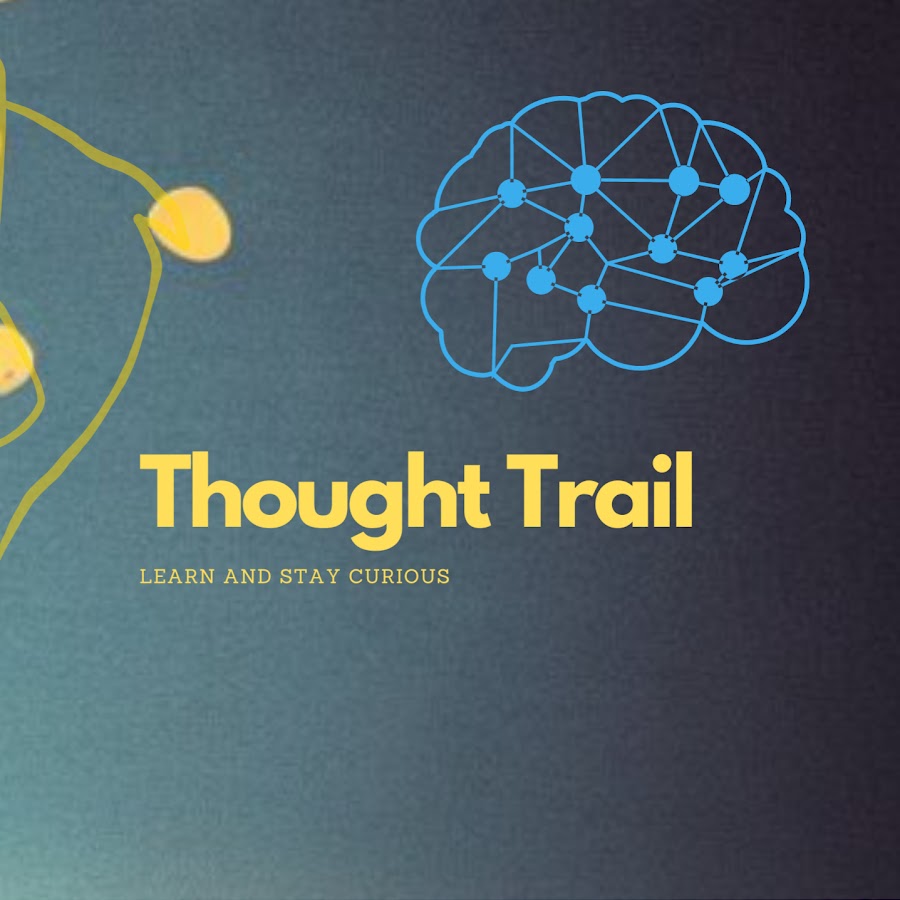 Thoughts Trails: Wandering Through the Everyday Mind
Thoughts Trails: Wandering Through the Everyday Mind